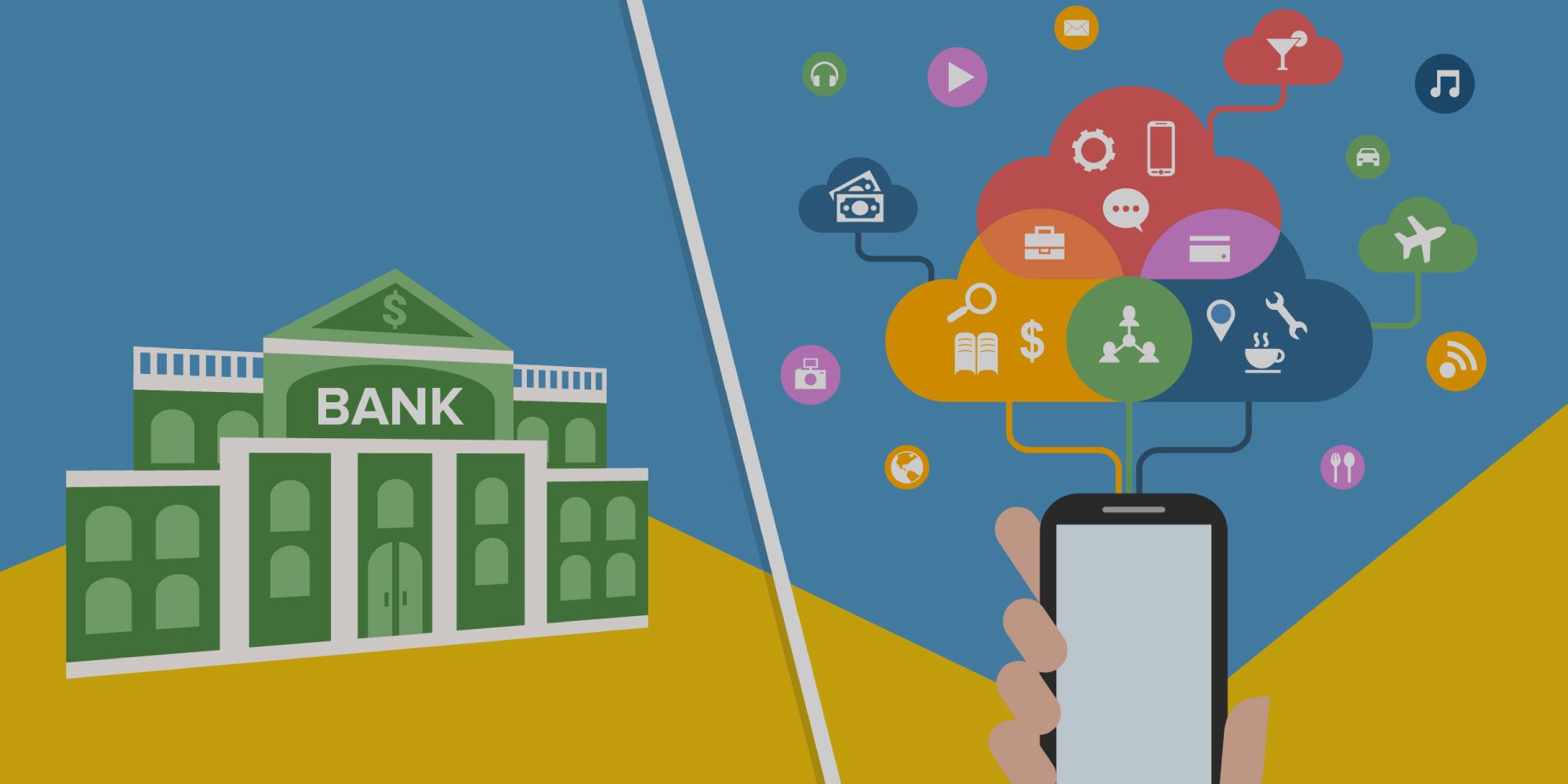Total forecast
It is all around financial services. The implementation of blockchain has encouraged solid investment into a variety of protocols that meet payments systems’ gateway for privacy and permissions. We can highlight the most probable future use cases outside of cross-border payments, problems that need to be fixed, and potential changes in regulation in the long-term corridor. All major big banks are challenging payments solutions in the next few years. Blockchain features are most complementary to the processes involved in running a payments system. They are fit appropriately 100%. That explanation is likely to offer the highest return to investment in the future. In the near term, there will be greater adoption of stablecoins, mainly fiat-backed. This will be driven by Facebook’s Libra, and projects such as Fnality and JPMorgan’s stablecoin. It seems to be so. Central bank digital currencies will be a reality, with the PBoC set to be the first issuer later this year (according to their press releases). After China, other central banks will copy the decision as well. Interoperability across blockchain platforms will be improved. The differences between the major blockchain protocols remain significant, but there is an open dialogue for collaboration and research into how assets on different chains can co-exist together. Today it is a problem. Some time ago we saw the deployment of multi-cloud blockchain, which is likely to result in successful crossblockchains pilots in the coming years as well. Regulators will become more innovative in their approach to managing fintech innovations from new, small companies and incumbent financial institutions. Here the SEC supposed to be the pioneer. Otherwise some another institution will be the leader. Regulators may try to start forming their own consortia in blockchain trend for fintech. So where and how banking can implement blockchain know – how?
• In trade finance
Most banks experts are stating that almost all options are open for the industry. They identify trade finance in particular as an area in which they expect blockchain to make significant strides within few upcoming years. Because DLT offers significant benefits of speed, transparency and the freeing up of capital. In the most cases of blockchain utility. Several famous use cases in which bank consortia have developed already capabilities in this area include We.Trade, a blockchain-based platform that was developed in 2017 by nine banks (Deutsche Bank, HSBC, KBC, Natixis, Nordea, Rabobank, Santander, Société Générale and UniCredit) to simplify cross-border trades. A similar platform, Batavia, was developed from a proof of concept initiated by UBS and IBM in 2016, and brought onboard the Bank of Montreal, CaixaBank and Commerzbank as additional partners. We.Trade and Batavia were both built on the Hyperledger Fabric platform (supposed to be the best for these issues) and merged their trade finance blockchain platforms in 2018. Other trade finance blockchain initiatives include Marco Polo and Voltron, which use R3 Corda’s framework, and komgo, which is based on Quorum. Yet problems persist in the trade finance application as well. Some experts note that if they were to build a system, like it would only work if we were on both sides of the international trade and both clients agreed to use it, which does not always work out. There are also issues of scale, with third parties warded off by the prospect of centralised, scaled international trade. As a result, trade finance is not as close a prospective application as cross-border payments, but one on which banks are working intensively right now without loud public promotion.
• In Securities - eternal hype
Blockchain could facilitate the issuance of securities such as corporate bonds. Currently, issuance and payment of cash flows is largely tracked and performed on a manual basis. The immutable nature of blockchain transactions can help automate certain procedures in the bond life cycle via pre-determined smart contracts. For instance, issuance of bond proceeds can be done on a parametric basis, which is instantaneously activated once specific trigger conditions are met. In 2018, the World Bank issued bond-i, the first public bond created and managed via DLT. This two-year blockchain bond was managed by the Commonwealth Bank of Australia, raising $80m in its first issuance. There is likely to be similar issuance in the future. It is not bad perspectives.
• In asset tokenisation
Thanks to technology, there is now an ecosystem for regulated digital shares of any asset in any asset class to be issued and traded on the open market by an accredited individual or legal entity. This tokenisation of securities will help banks significantly reduce global trade costs. A tokenised Economy offers the potential for a more efficient system where frictions are removed in the creation, buying and selling of tokens. Major banks find that tokenisation could make the financial industry more accessible, cheaper, faster and easier, thereby possibly unlocking trillions of euros/dollars (whatever) in currently illiquid assets, and vastly increasing the volumes of trades. In the coming years, traditional players will have the opportunity to meet the demands of a token economy by providing a platform for storing tokens, or assuming the role of a trusted intermediary if a decentralised solution is not enough. In the near term, there is a need for appropriate regulation, and for it to be aligned across jurisdictions. In 2019, significant technological advances in the security tokenisation industry improved speed, security, transparency and the immutability of records. Bank experts believe the industry may take time to mature, going to blockchain 10.0 in nearest future. You will see more token-based solutions, greater issuance of tokens and passing of tokens between different blockchains. All this will increase the value.
#blockchain #banking #fintech-industry #decentralization #kyc-aml #use-the-sandbox #dlt #tokenization
